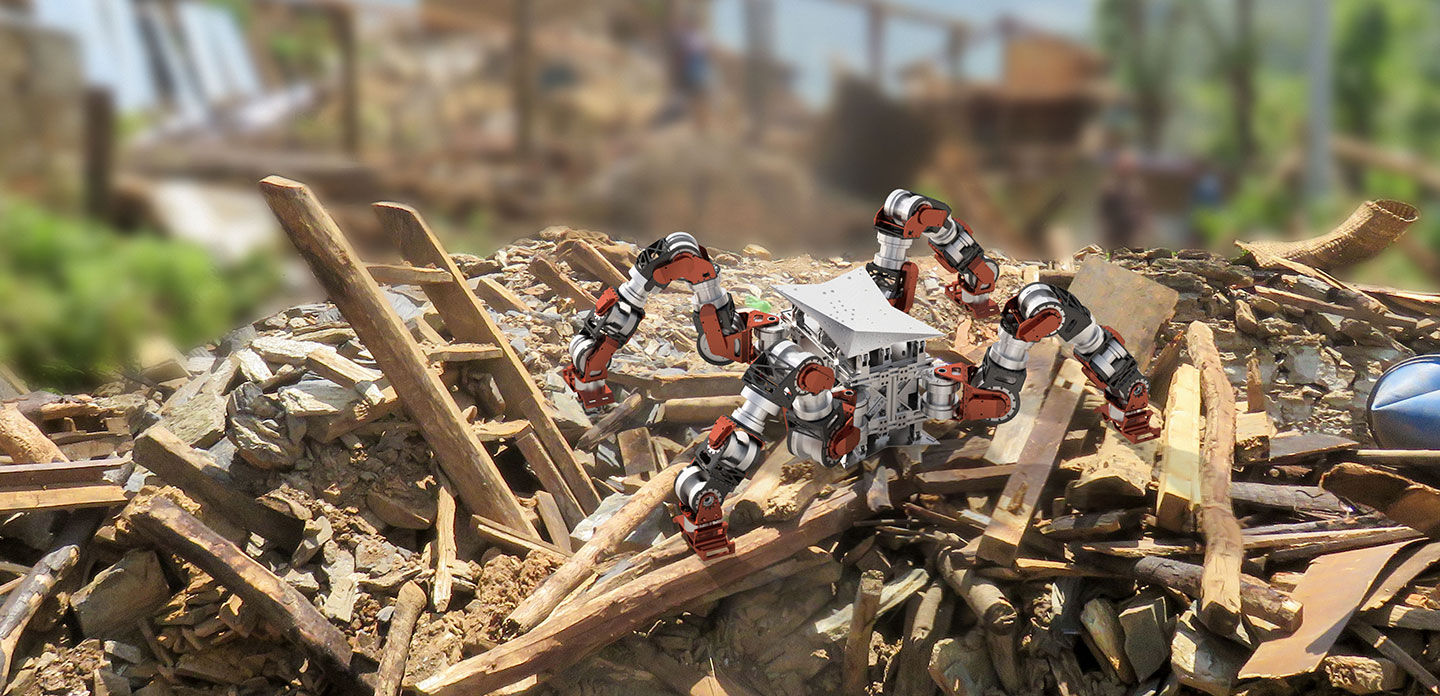Waseda University is a leader in anthropomorphic robotics research, including the development of the WABOT-1, the first full-scale humanlike robot, in 1973. In 2000, the university established the Humanoid Robotics Institute (HRI) to promote research activities that build new relationships between humans and machines in an advanced information society. Under the direction of Atsuo Takanishi, professor in Waseda’s Department of Modern Mechanical Engineering, HRI has accelerated research and development (R&D) of humanoid robotics. The Tokyo-based research organization has created fundamental robotics technology while simultaneously nurturing the development of many talented engineers and scientists. HRI’s research focuses on developing robots that will interact with humans, whether it’s for completing routine tasks, giving medical aid, or serving as a companion. Because these robots work together with partners in a human living environment—sharing the same workspace and having the same experiences—they not only need to look like humans but also must evoke the same thinking and behavior patterns as a human being. While Waseda initially utilized 2D design tools to develop humanoid robots, HRI determined in 2001 that an integrated 3D development platform was needed to advance humanoid robotics R&D, according to Associate Professor Kenji Hashimoto. “Our robots are complex systems, requiring the integration of information from sensors related to speech, facial expressions, and body movements that results in a high level of communication and coordinated actions,” Hashimoto explains. “Our teams need access to a complete set of 3D design and engineering tools to meet our objectives.” After evaluating several leading 3D design systems, HRI chose SOLIDWORKS Research software as its standard platform, implementing 60 licenses. HRI chose SOLIDWORKS Research because its interface was more user-friendly than other 3D packages and it provided access to a full range of integrated design and simulation tools.
SINGLE PLATFORM, MULTIPLE ROBOTS
Since implementing SOLIDWORKS Research software in 2001, HRI has accelerated the pace of robot development—introducing more than 20 humanoid robots—by working on an integrated 3D platform. These robots include the Waseda Leg series, biped locomotors for carrying handicapped and elderly people; the Waseda Jaw series, robots that mechanically simulate human mastication for understanding dental concepts; the Waseda Yamanashi series, jaw-opening and -closing robots for patients with jaw problems; the Waseda Flautist and Waseda Saxophonist series, flute and saxophone playing robots; the Waseda Talker series, robots that mechanically speak Japanese vowels and consonant sounds; and the Waseda Eye and KOBIAN series, robots that express emotion. Other HRI robots include the WABIAN-2R, a robot that walks with knee extension using a humanlike pelvis and seven degrees of freedom (DOF) leg mechanisms; the WAREC-1, a disaster rescue robot with 28 DOF; and the WL-16, a robot that can carry humans and virtually any load up to 80 kg. “HRI is more productive in developing robots with SOLIDWORKS Research software because of its range of integrated capabilities. It has increased design efficiency by three to four times,” Hashimoto says. “In 2D, we could design only simple planar structural members. Thanks to SOLIDWORKS, now we can easily design complicated robotic parts.”
